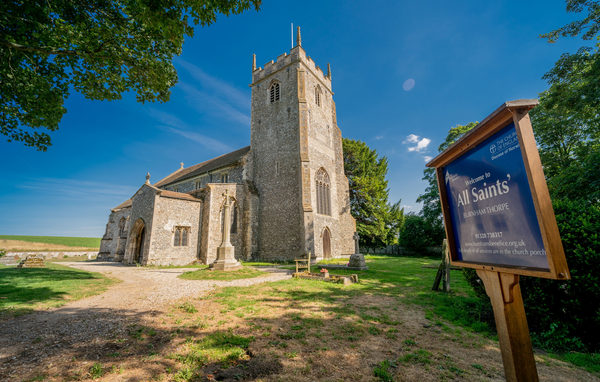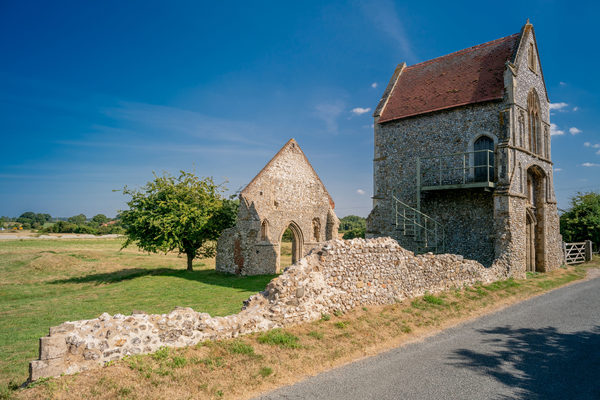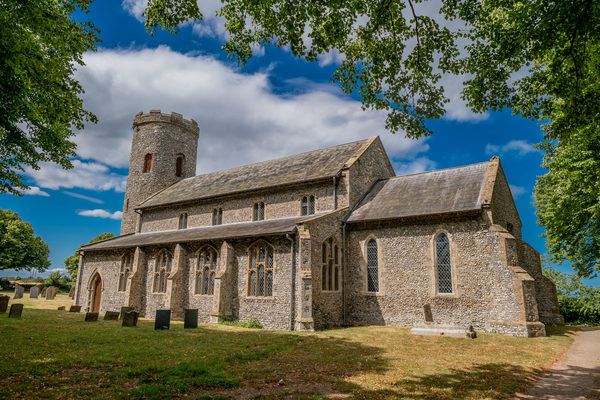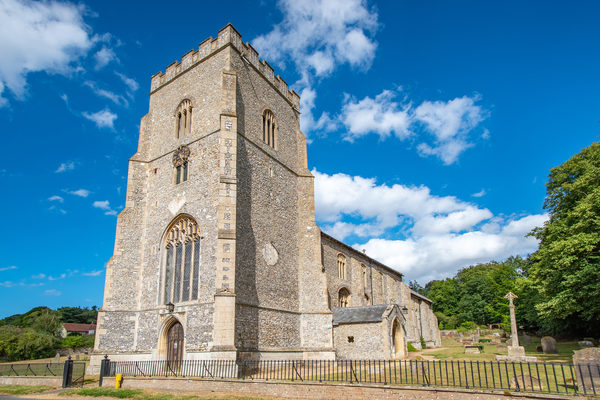Holkham Hall, home of the Coke family and the Earls of Leicester, was built between 1734 and 1764 by Thomas Coke, the first Earl of Leicester.
This Palladian style mansion reflects Thomas Coke’s appreciation of classical art developed during his six-year-long Grand Tour of Europe. By the time he returned to Norfolk in 1718, Thomas had bought many valuable and unique manuscripts and printed books, along with many great works of art and statuary.
During his time in Rome, Thomas had met briefly with Lord Burlington and his protégé, William Kent; and their enthusiasm and imagination led to the conception of Holkham Hall as you see it today.
The Coke family has lived at Holkham since 1609, when the founder of the family fortune, Sir Edward Coke, purchased the manor of Neals. Thomas lived here with his parents, until their death in 1707, in the Elizabethan manor house known as Hill Hall. However, after returning from his Grand Tour, Thomas employed the architect Matthew Brettingham to oversee the work of interpreting and implementing the designs for the new house drawn up by Kent and himself.
In 1734, the first foundations were dug, and 30 years later the house was completed. Unfortunately, Thomas died in 1759 and never saw his great dream fulfilled. The task of finishing and furnishing the house fell to his widow Lady Margaret Tufton, a formidable woman, who ruled Holkham with firmness and great attention to detail for the next 17 years.
As Lady Margaret and Thomas’s only child, Edward, died in 1753, the house on which the couple had spent so much time, effort and money, eventually passed to the next male in line, Wenman Roberts. Wenman - who changed his name to Coke - lived for only 12 months after he inherited Holkham, and so his son, Thomas William Coke, soon became the master of the estate. A politician and avid agriculturist, he became known as ‘Coke of Norfolk’. A great self-publicist, with an enormous energy and charm, Coke was a Member of Parliament for 53 years.
The house today is little altered from the first Earl’s original ideal. During the 1850s, the second Earl installed central heating at great expense and added the vestibule on the north side of the house, the stables, offices, orangery and buildings to the east and the terraced gardens to the south. He installed plate glass windows, a less desirable development, and tinkered with the picture-hangs and furnishing. His successor, the third Earl, installed electric light, using a private generator and updated the bathrooms, WCs and heating, as well as tinkering further with the furnishing of the rooms.
It was a great achievement of the seventh Earl to reverse the more unsympathetic changes of his ancestors, notably by reinstating the correct 18th century glazing to the windows and returning the state rooms as far as possible to their original appearance.
Today the house is the family home to the eighth Earl and his young family. Thomas Edward Coke, succeeded to the title in May 2015. He had been actively involved in managing the estate since 1993, when he left the army. Like his ancestors, he served in the Scots Guards, after graduating from the University of Manchester where he gained a degree in the History of Art. He has overseen the diversification of the estate away from its dependence on agriculture toward leisure, tourism and property development. In 1996, 70% of the income at Holkham was derived from agriculture. Now that figure has reduced to a little more than 20%, as businesses such a Holkham Property Company, Pinewoods Holiday Park and The Victoria Inn have developed.








